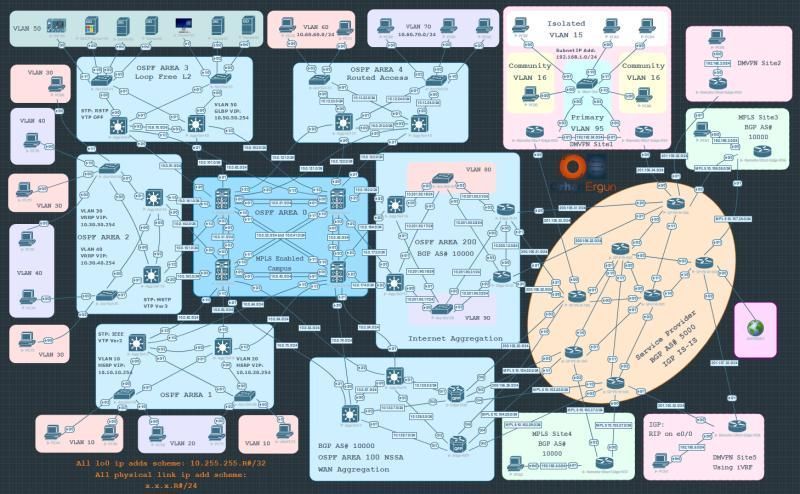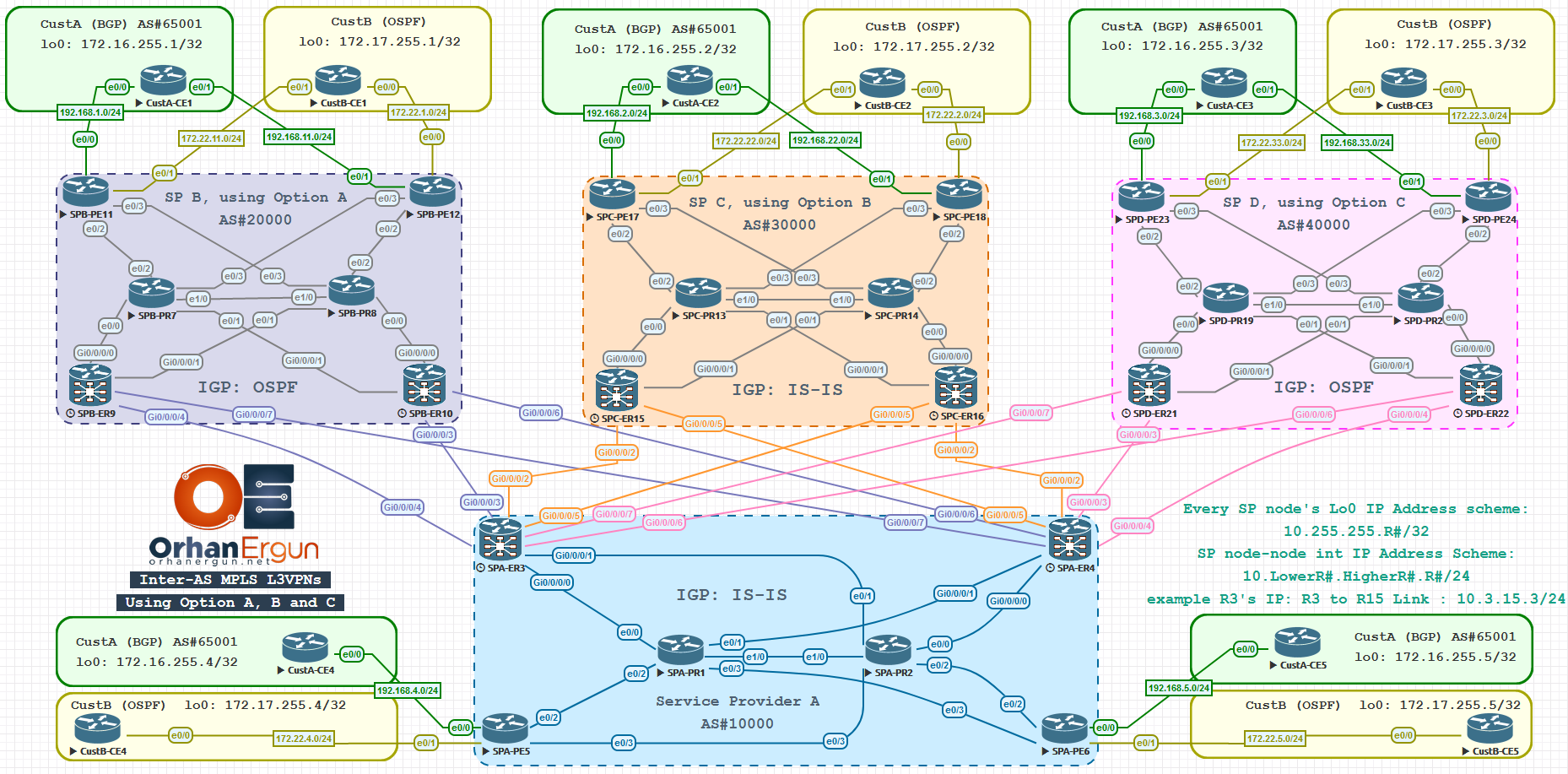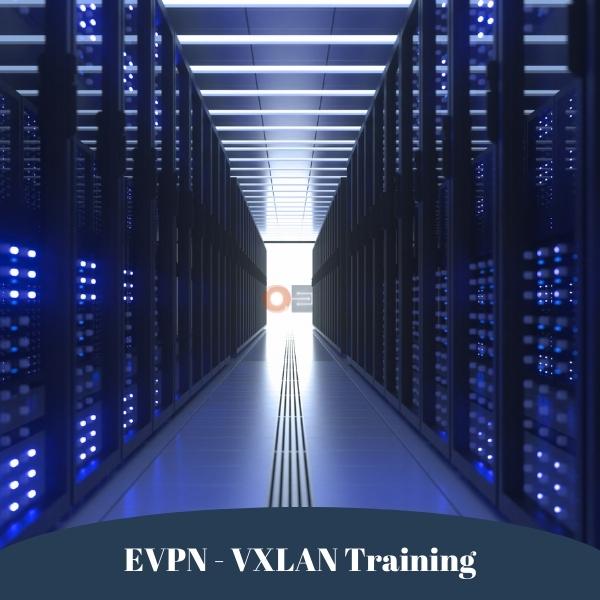Popular
AI for Network Engineers & Networking for AI Course
★★★★★
4.83(7 Reviews)Last Updated
December 17, 2025
Language
English
Total Length
06:34:57
Level
INTERMEDIATE

Preview this course
Full Lifetime Access
Certificate of Completion
Course Overview
Instructor
Orhan Ergun
General Certified Expert
4.9Instructor Rating
343Reviews
9,262Students
27Courses
He created OrhanErgun.Net 10 years ago and has been serving the IT industry with his renowned and awarded training.
Wrote many books, mostly on Network Design, joined many IETF RFCs, gave Public talks at many Forums, and mentored thousands of his students.
Today, with his carefully selected instructors, OrhanErgun.Net is providing IT courses to tens of thousands of IT engineers.
Student Reviews
Subscribe to access all courses
Complete Technology learning path
Lab exercises with practical scenarios
Certification preparation materials
Related Courses
Tags
GeneralTechnologyINTERMEDIATENetworkSecurity
Become an Instructor
Share your knowledge and expertise. Join our community of instructors and help others learn.
Apply NowSubscribe for Exclusive Deals & Promotions
Stay informed about special discounts, limited-time offers, and promotional campaigns. Be the first to know when we launch new deals!



